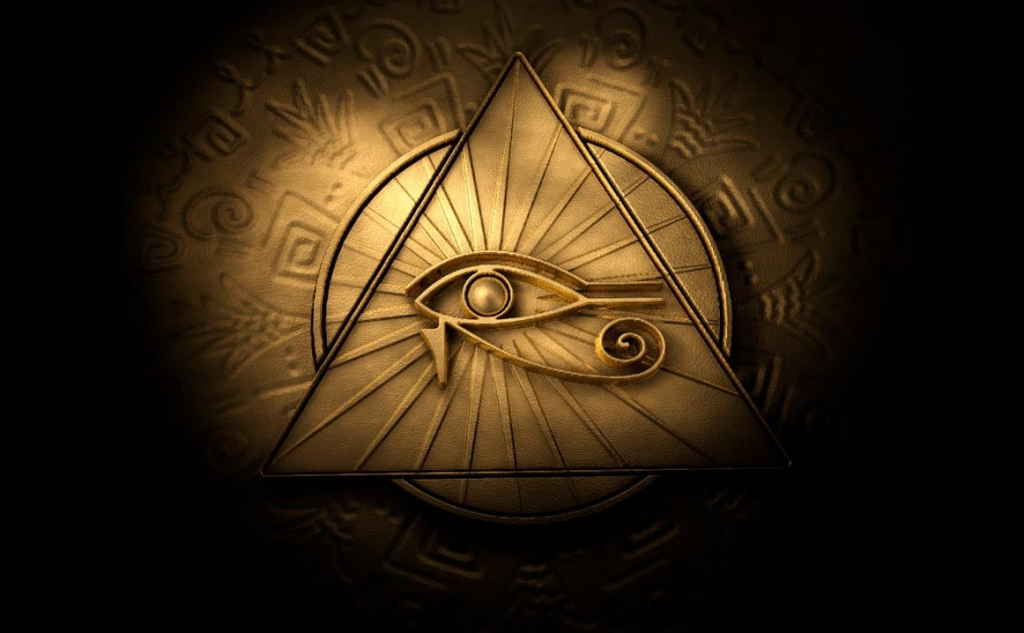
In the realm of ancient Egyptian iconography, few symbols are as recognizable and potent as the Eye of Horus. Also known as the “Wadjet Eye” or “Udjat Eye,” this emblem holds a place of great significance in Egyptian mythology, religion, and culture. Join us as we journey into the mystical world of the Eye of Horus, uncovering its rich symbolism, its ties to mythology, and its enduring legacy.
1. Origins and Appearance
The Eye of Horus is depicted as a stylized human eye with markings resembling the markings of a falcon’s eye. This resemblance is not coincidental; the Eye of Horus is often associated with the falcon-headed god Horus, symbolizing both his divine power and the far-reaching gaze of this deity.
2. Mythological Foundation
The origins of the Eye of Horus are rooted in the ancient Egyptian myth of Horus and Set. According to the myth, Horus, the god of the sky and kingship, engaged in a fierce battle with his uncle Set, the god of chaos and disorder. During the battle, Horus’s left eye was gouged out by Set. This event gave rise to the symbolism of the Eye of Horus as a representation of sacrifice, protection, and the cycle of destruction and rebirth.
3. Symbolism and Meanings
The Eye of Horus carries a plethora of symbolic meanings:
- Protection: The Eye of Horus was believed to offer protection against evil forces and malevolent spirits. Amulets featuring the eye were worn to ward off harm and ensure safety.
- Healing: The eye’s connection to Horus’s own healing and restoration after the battle with Set imbued it with healing powers. It was often invoked to aid in physical and spiritual recovery.
- Divine Sight: As an extension of Horus’s vision, the eye is often considered an all-seeing symbol, representing divine omniscience and the ability to perceive hidden truths.
- Renewal and Rebirth: The story of Horus’s eye being restored illustrates the concept of regeneration and rebirth after moments of adversity and loss.
- Protection of Royalty: The Eye of Horus was associated with pharaohs and kings, underscoring their divine connection and role as protectors of their people.
4. The Eye of Ra
The Eye of Horus is also closely linked to the Eye of Ra, which is often depicted as a more aggressive and destructive aspect of the sun god. The two eyes, the left (Horus) and the right (Ra), represent the lunar and solar aspects of divinity. The combination of both eyes symbolizes the dualistic nature of existence, encompassing both creation and destruction.
5. Ubiquitous Presence
The Eye of Horus can be found throughout ancient Egyptian art, architecture, and amulets. It adorns temple walls, tombs, jewelry, and statues, serving as a powerful reminder of the interconnectedness of life, death, and the divine.
6. Modern Interpretations
The symbol’s influence has transcended time, and it continues to captivate and inspire in modern times. It has been adopted by various cultures and even integrated into popular culture, often representing themes of protection, insight, and spiritual awakening.

